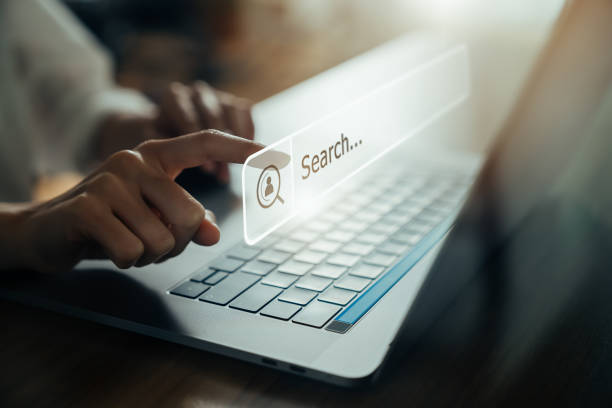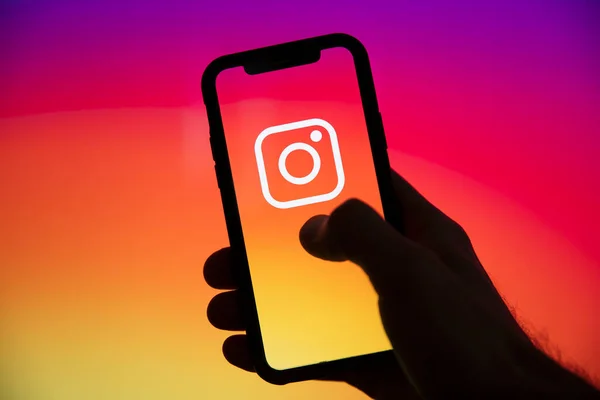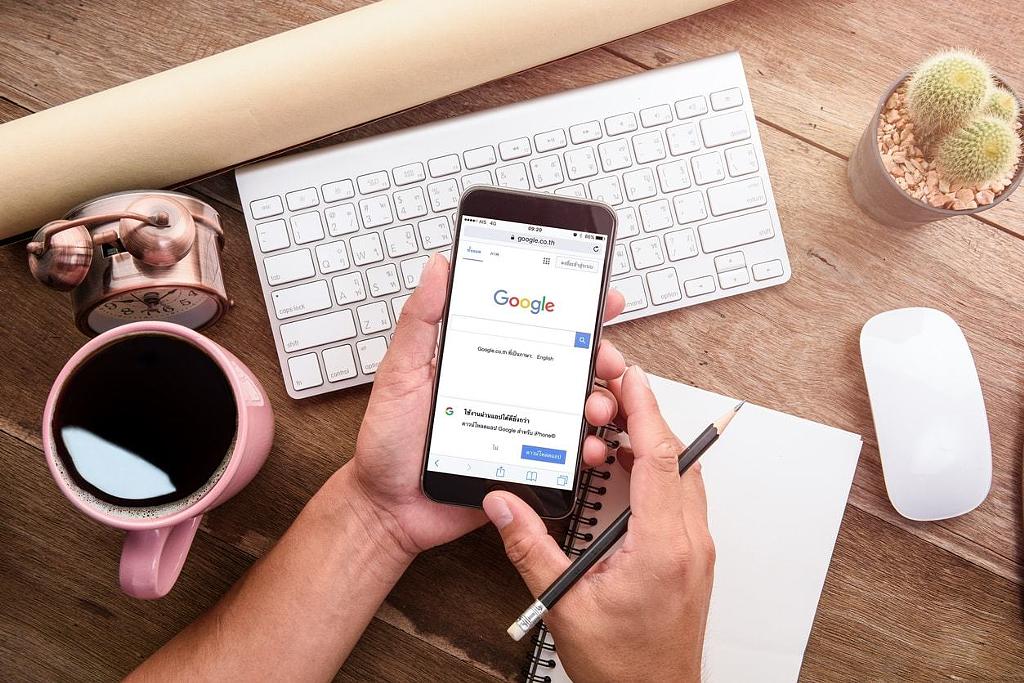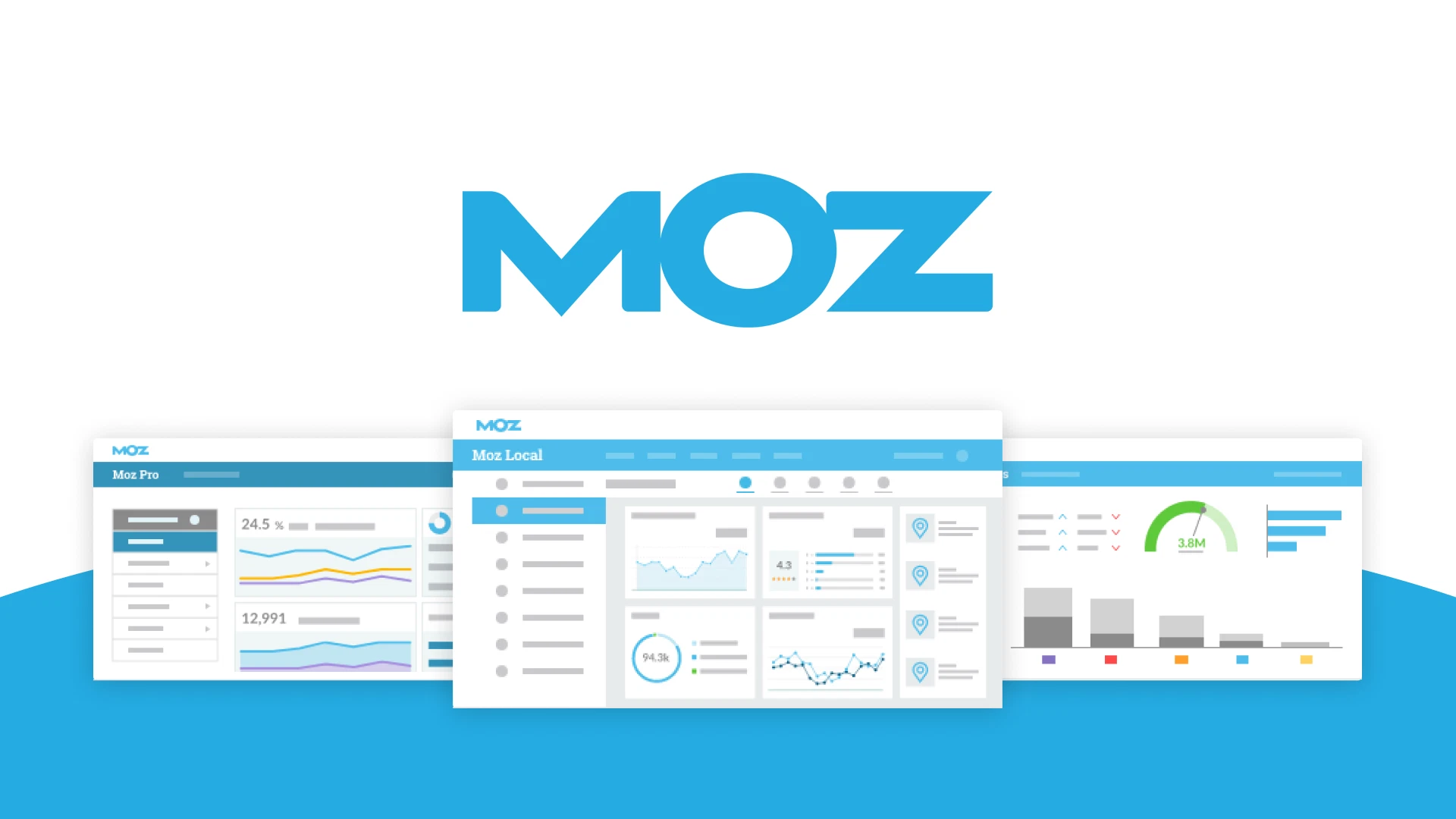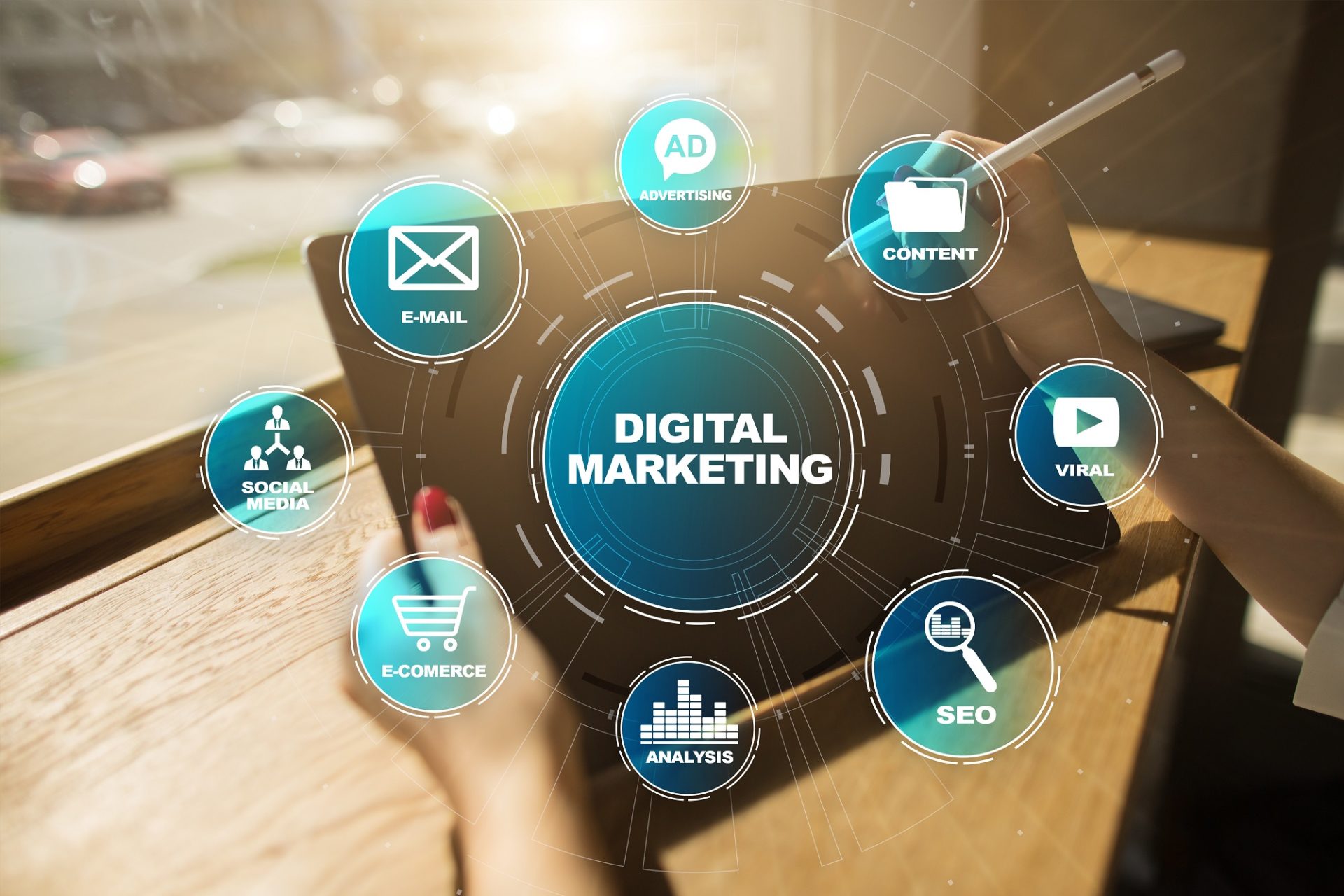If you rub shoulders with people who work in marketing, you’ve probably heard about the positioning of online content. But concretely, do you know how to proceed? Do you know any techniques to improve the indexing of a web page? This article offers simple, fast and effective SEO help that you can easily set up to improve your positioning. The SEO illustrates a simple idea : it is to be found and indexed by the search engines, and this in order to appear at the top of search results. In theory, each page on the web is identifiable by these engines, so subject to indexing, and therefore potentially accessible to any user.
Table of Contents
ToggleSEO Help
Being basically indexed is an essential first SEO help tip that requires no particular knowledge, since it is the search engine that does the work. For websites, blogs and other web pages that do not have visibility goals, no specific SEO is necessary. Keeping a personal blog on a trip or an expatriation in order to keep in touch with family and friends is a concrete example of a practice where the natural work of search engines is more than enough.
However, for SEO Specialist, if you want to use the potential of search engines in order to improve your positioning in the search results, you will need some SEO help. As you well know, on Google, the most used search engine, only the first results receive a real attention from the user. A recent study confirmed this fact, which each of us can testify by himself.
In terms of webmarketing, we talk about Search Engine Optimization (SEO) to evoke all the techniques aimed at improving the positioning of an element, be it a web page, a blog, a website, etc. The objective is very clearly to position you as quickly as possible in the search results, ideally on the first lines of the first page.
On Google, there are two possibilities for hoping to win : paid search through the purchase of keywords (Google AdWords), and free SEO through the use of natural and organic techniques.
For developing an effective SEO strategy, the main idea is to get much visibility on the first page of search results, and to maximize your chances of getting the click. For that, we recommend a holistic approach orienting towards a complementarity of the paying and free practices.
The first SEO help tip is to generate new stuff by creating your own content. The basic idea is to manifest life. Google loves fresh content! For example, you can create a blog on which you will regularly publish content in the form of articles, videos, visuals, tutorials, etc. which will make sense for the Internet users.
In a second time, think of inserting internal links within your contents. By working on the specific lexical field to your activity, you can develop ideas on related topics, and thus create links between the different content that you publish on your platform. The goal is to constitute a semantic cocoon that will testify to your field of activity, and to link the different elements between them. This is called the internal linking, which is very appreciated by Google.
Finally, try to get backlinks, which are links from external web pages, linking to your own content. When you get a link from other website, this creates a backlink that will be beneficial in terms of SEO help.
By creating links within your own content to external web pages, you improve your chances of getting links back, and that’s positive karma for your positioning. Do not hesitate to reach to us for further SEO help!
The Foundations of SEO Help
The landscape of digital communication has changed drastically over the last two decades. Businesses, organizations, freelancers, and even casual content creators are continuously seeking ways to reach their audiences in a more direct, effective manner. In that digital ecosystem, the role of search engines has become nothing short of foundational. When you type a query into Google, you are sifting through billions of indexed pages, with only a handful ever catching your attention. This is the power and the challenge of SEO help.
To the uninitiated, SEO might seem like technical jargon or something only marketing departments care about. But in reality, SEO is a powerful tool available to everyone, and understanding its basics can be transformative. If your goal is visibility, whether for a business, a personal blog, or even a portfolio, then knowing how to navigate search engines is essential.
Understanding the Role of Search Engines
Every second, thousands of searches are performed on Google. People are looking for answers, products, services, entertainment, education, and so much more. Behind each of these searches is an algorithm that tries to determine which web pages offer the most relevant and authoritative content for a given query.
Search engines use crawling bots to explore the internet, find new pages, and update their index. Once a page is indexed, it becomes available in search results. However, merely being indexed isn’t enough. Your page needs to be ranked high enough to actually be seen. That’s where SEO help comes in.
The Strategic Importance of Ranking
Most users rarely go beyond the first page of search results. That means if your content isn’t ranked within the first few positions, your odds of getting traffic drop dramatically. Studies show that the first three search results get over 50% of all clicks, while the tenth result sees significantly fewer visitors. That gap illustrates just how competitive SEO help has become.
When done right, SEO is a long-term investment. It doesn’t produce instant results like a paid advertisement might, but its benefits are sustainable. A well-optimized page can continue drawing traffic for months or even years without additional advertising costs.
Building a Holistic SEO Strategy
One of the biggest misconceptions about SEO help is that it’s only about keywords. While these are still important, Google’s algorithm has evolved to consider a multitude of factors, including content quality, user experience, mobile responsiveness, page load time, domain authority, and the structure of your site.
A modern SEO strategy requires balance. You want to incorporate both on-page and off-page elements, stay current with algorithm updates, and continuously evaluate performance. A holistic approach considers every piece of content, every link, and every interaction with the user as an opportunity to improve ranking.
Content is Still King
If there’s one golden rule in SEO help, it’s that quality content always wins in the long run. You can stuff a page with keywords, but if it doesn’t provide real value to readers, your bounce rate will spike and your rankings will eventually fall. Google’s AI is increasingly adept at recognizing useful, well-structured, and original content.
So what constitutes good content in the SEO world ? It needs to be informative, engaging, and relevant to your audience’s needs. It should also be optimized with proper headings, include relevant keywords naturally, and make use of multimedia elements like images or videos when appropriate. The longer a user stays on your page, the better it is for your rankings.
The Role of Freshness and Relevance
One of the reasons blogs are recommended in SEO help is because they allow for continuous content updates. Google favors websites that are actively maintained. By posting new content regularly, you signal that your website is alive and relevant. Whether it’s a new post, a case study, a product update, or a simple news post, fresh content helps you stay visible and competitive.
However, it’s not enough to simply churn out articles. The content needs to align with search intent. Ask yourself what would someone typing this query into Google want to find ? A brief answer ? A detailed tutorial ? A product comparison ? Matching your content format and depth to the query’s intent can significantly boost your SEO performance.
Crafting Internal Linking
One of the more underrated techniques in SEO help is internal linking. It might seem trivial, but the strategic use of internal links can boost the visibility of lesser-known pages, guide the user through a seamless experience, and enhance your site’s semantic relevance.
Think of your website as a network of interconnected ideas. When you link related content together, you build a structure that not only makes sense to the user but is also easier for search engines to navigate and interpret. This is often referred to as a semantic cocoon, which is a thematic structure that reinforces your site’s authority on a particular subject.
Additionally, internal links help distribute link juice, which is the SEO help value passed from one page to another. This is especially useful when you have high-performing pages that can lift newer or less trafficked pages through internal references.
Backlinks To Earn Trust and Authority
In the SEO help context, backlinks are like endorsements. When another site links to your own content, it’s essentially vouching for its quality and relevance. Google sees this as a trust signal and uses it to evaluate your site’s authority.
However, not all backlinks are created equal. A link from a reputable website in your industry carries much more weight than one from an obscure blog or a link farm. That’s why building backlinks should be part of a thoughtful, ongoing outreach strategy. Guest posts, partnerships, social shares, media mentions, and digital PR are all ways to earn high-quality backlinks.
A common mistake is trying to shortcut this SEO help process through spammy link-building tactics. Not only can this damage your site’s reputation, but it can also result in penalties from Google. Instead, focus on producing content worth linking to, one that answers questions, provides new insights, or offers useful tools.
User Experience and Technical SEO Help
Modern SEO isn’t just about keywords and links, but also about performance and usability. A technically sound website can significantly improve your rankings. That means making sure your site loads quickly, works well on mobile devices, and doesn’t have broken links or redirect issues.
Google’s Core Web Vitals are a set of metrics introduced to evaluate user experience, measuring things like page loading speed, interactivity, and visual stability. If your website lags or shifts layout while loading, it can negatively affect your SEO help.
Site architecture also matters. A clean, logical structure with clear navigation helps both users and search engines understand your site. Using descriptive URLs, structured data with schema markup, and XML sitemaps further enhances crawlability.
Measuring SEO Help with Analytics
No SEO strategy is complete without proper analytics. Tools like Google Analytics and Search Console allow you to monitor your site’s performance, understand user behavior, and identify opportunities for improvement. Are people finding your content through organic search ? What pages have the highest bounce rates ? Which keywords are driving traffic ?
These insights help you refine your strategy over time. For instance, if a particular blog post is getting a lot of clicks but users leave quickly, it might mean the content doesn’t match their expectations, or that it loads too slowly. Analytics allow you to test hypotheses and make data-driven decisions.
Local SEO Help To Reach Nearby Audiences
For small businesses, local SEO can be incredibly powerful. Google’s local search results prioritize businesses that are geographically close to the user. If someone searches for a local query, the algorithm displays results based on proximity and relevance.
To benefit from this, make sure your business is listed on Google Business Profile, formerly Google My Business. Fill out every field, including photos, hours, contact info, reviews, and more. Keep it updated and encourage satisfied customers to leave reviews. The more consistent and complete your listings across directories, the better your local SEO help will perform.
The Role of Social Media in SEO Help
While social signals such as likes, shares, and comments aren’t direct ranking factors, social media can amplify your content and lead to more backlinks and traffic. When you promote your content across multiple platforms, you increase the chances that someone influential will see it, share it, or link to it.
Additionally, content that gains traction on social media is more likely to be picked up by journalists or bloggers, further increasing your chances of earning high-quality backlinks. Make it easy for readers to share your content by including social share buttons and optimizing titles and images for each platform.
SEO Help Is a Marathon, Not a Sprint
One of the most important things to remember about SEO is that it takes time. You won’t rank on the first page overnight, but with consistency, quality, and smart strategy, you can build a strong presence that pays dividends long into the future.
It’s tempting to look for quick fixes or secret formulas, but the truth is that sustainable SEO help comes from understanding your audience, creating valuable content, and continuously optimizing your site.
Putting It All Together
SEO might seem complex at first glance, but it’s really about making your content more accessible, trustworthy, and user-friendly. By combining regular content creation, smart internal linking, intentional backlink strategies, technical improvements, and performance tracking, you can significantly improve your chances of being found online.
If you’re just getting started, focus on one area at a time. Start by writing valuable content. Then, work on your site’s speed and structure. Once you’re comfortable with that, look into backlinks and outreach. SEO isn’t about doing everything at once, but doing a few things really well, consistently over time.
Search engines reward relevance, quality, and user satisfaction. If you can provide those things, you’re already ahead of most of the competition. So roll up your sleeves, get curious, and start building your presence online. The top of the search results is not reserved for a lucky few, but it’s a space anyone can reach with the right effort and direction.
To truly embrace the power of SEO, it’s crucial to view it not just as a set of techniques but as a mindset that evolves with your digital goals. Beyond the mechanical aspects of keyword usage or link building, SEO is deeply tied to your understanding of your audience, what they search for, how they phrase their queries, and what type of content they find most useful. This user-first mentality shapes every decision, from the titles you craft to the structure of your content. The more accurately your content aligns with real user intent, the greater your visibility becomes in search rankings.
Moreover, SEO is a dynamic field. What works today might shift tomorrow with a new Google algorithm update or a change in user behavior. That’s why ongoing learning is essential. Staying informed about industry trends, experimenting with new formats like voice search or video SEO, and refining strategies based on analytics insights are part of maintaining a competitive edge. Don’t forget, SEO is not a solitary task, but it benefits greatly from collaboration. Content writers, developers, UX designers, and marketing strategists all bring perspectives that can enrich your optimization efforts.
Treat SEO as a shared responsibility, integrated into every layer of your digital presence. Ultimately, the goal is simple, which is to connect your message with the people who are looking for it. When done with purpose and consistency, SEO becomes not just a tool for visibility, but a bridge between your ideas and the audience they’re meant to reach. Keep refining, learning, and remember that small, consistent improvements can lead to lasting digital growth.
